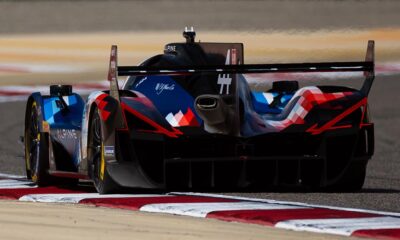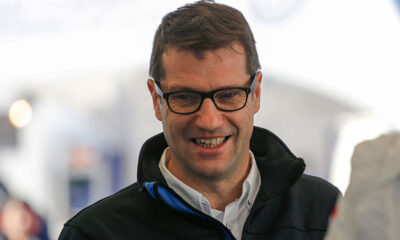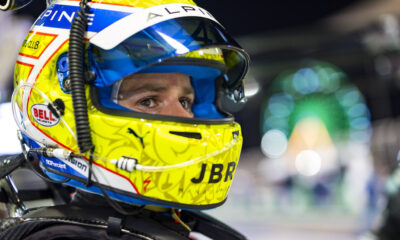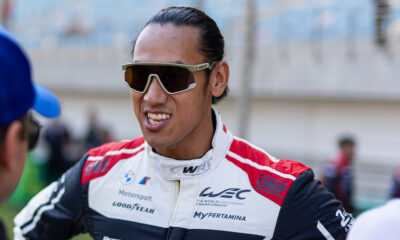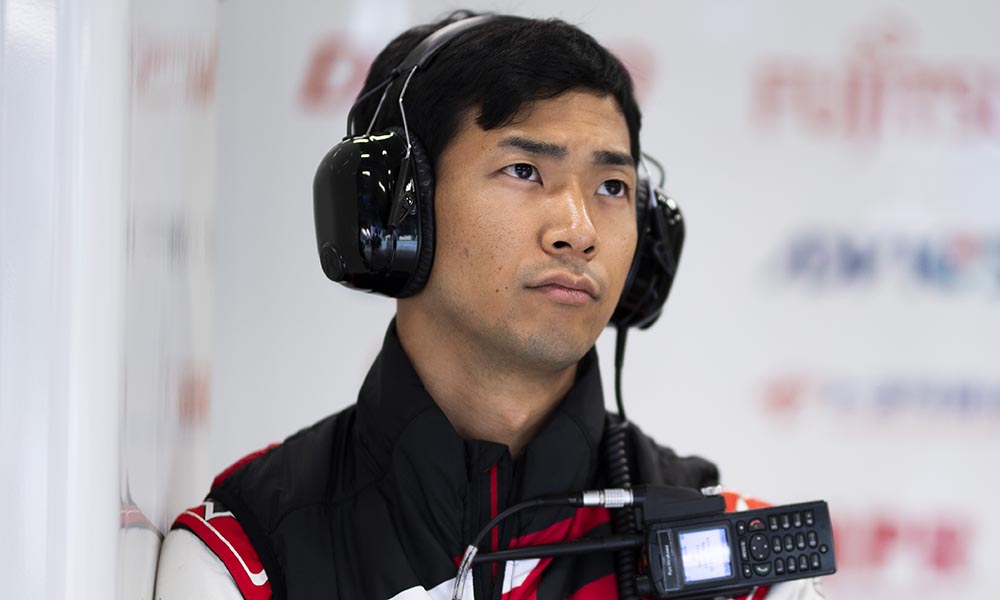
Photo: Fabrizio Boldroni/DPPI
Toyota driver Ryo Hirakawa believes that his experience of testing Formula 1 machinery last year has helped him raise his game in the FIA World Endurance Championship.
Hirakawa has been part of Toyota’s Hypercar roster since the 2022 season, and his long-time ties with the Japanese manufacturer also opened the door to a test and reserve role in the McLaren F1 team starting in late 2023.
As part of his duties for the Woking organization, Hirakawa has undertaken numerous private tests in previous-generation machinery with the 2021-spec MCL35M and the 2022-spec MCL36, and was handed the chance to make his official practice debut for the team in last year’s Abu Dhabi season closer.
The 30-year-old Japanese also drove for Haas in last month’s post-season F1 test in Abu Dhabi as part of Toyota’s new affiliation with the U.S.-owned team.
Hirakawa made the decision to give up participating in Super Formula, which he had contested in parallel to the WEC in 2022 and ’23, to give himself more time to focus on his work in F1, a decision he feels has also made him stronger in the WEC.
“The work I have been doing in Formula 1 has allowed me to see some new technology, and do some testing, which shows I can still improve on some stuff which can be reflected here [in the WEC],” Hirakawa told Sportscar365.
“You learn some new techniques, or the way to think about your driving. Also in F1, there is a lot in terms of tire science that can be applied here. It’s good to know what those drivers are doing during a race week to improve the car and to improve the team.
“The way they analyze your driving, I have learnt a lot from them. I feel like I was able to improve my driving quite a lot and understand well.
“Sometimes I have a feeling that we should do it like this, or we don’t, but they use certain words that can help you understand better.
“Since I tested there [at McLaren] I can have some words to explain what is happening. It used to be more like a feeling, this was a big thing for me. It changed a lot for thinking about driving, what to do and what not to do.
“Normally you follow your feeling, but sometimes you make mistakes. They do it more with sentences. It has been helping me quite a lot. Of course you still do it with your instincts, but you are adding another layer.”
Hirakawa and his teammates in Toyota’s No. 8 GR010 Hybrid, Sebastien Buemi and Brendon Hartley, scored two wins at Sao Paulo and Bahrain, helping Toyota claim the manufacturers’ crown in an up-and-down season for the Japanese manufacturer that also featured a near miss in the 24 Hours of Le Mans.
The No. 8 car led more laps than any other in the French endurance classic, but was ultimately classified fifth after Hartley was turned around at Mulsanne corner by Ferrari driver Alessandro Pier Guidi in the closing stages.
“This year has been quite tough, but I feel like it’s good for everybody to improve,” said Hirakawa. “Of course Le Mans was the biggest disappointment, as we were leading for a long time, and the safety car came at the wrong moment.
“It was just bad luck, and something we couldn’t control. Our home race [at Fuji] was also disappointing, but now with so many manufacturers being so close, just one little mistake and you are out of the fight. It’s very tricky to fight all of them.
“We were lacking a bit of luck somehow. But when you are racing, results are everything, so it’s been kind of frustrating because of that.”
Despite missing out on victory at Le Mans and being unable to fight for the drivers’ title, Hirakawa believes that his performances in 2024 show that he is no longer lacking anything in relation to his more experienced co-drivers in the No. 8 Toyota.
“I think already my first year I was sometimes at that level, but it was not all the time, because sometimes I couldn’t push, I just needed to finish the stint without taking any risks,” he explained. “I was just being cautious not to make mistakes.
“Since last year I’ve had some more battles and more moments where I need to push. I would say since last year I have been there.
“This year has been challenging with a lot of new tracks, so it almost felt like my first year, having to learn as quickly as possible. But I could still perform quite well.
“Plus, I was able to qualify at Fuji, which I wasn’t able to do in my first two years, so for that reason I feel improvement in myself and I was happy with that performance.”




















